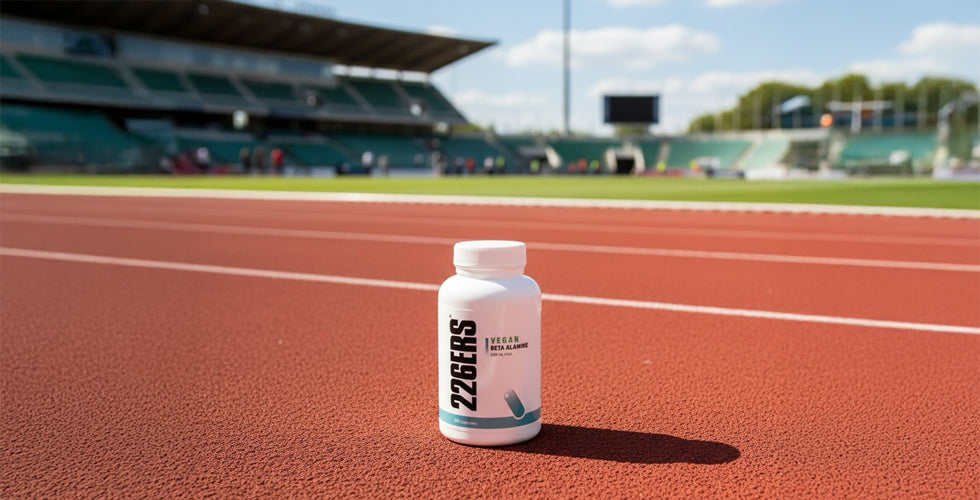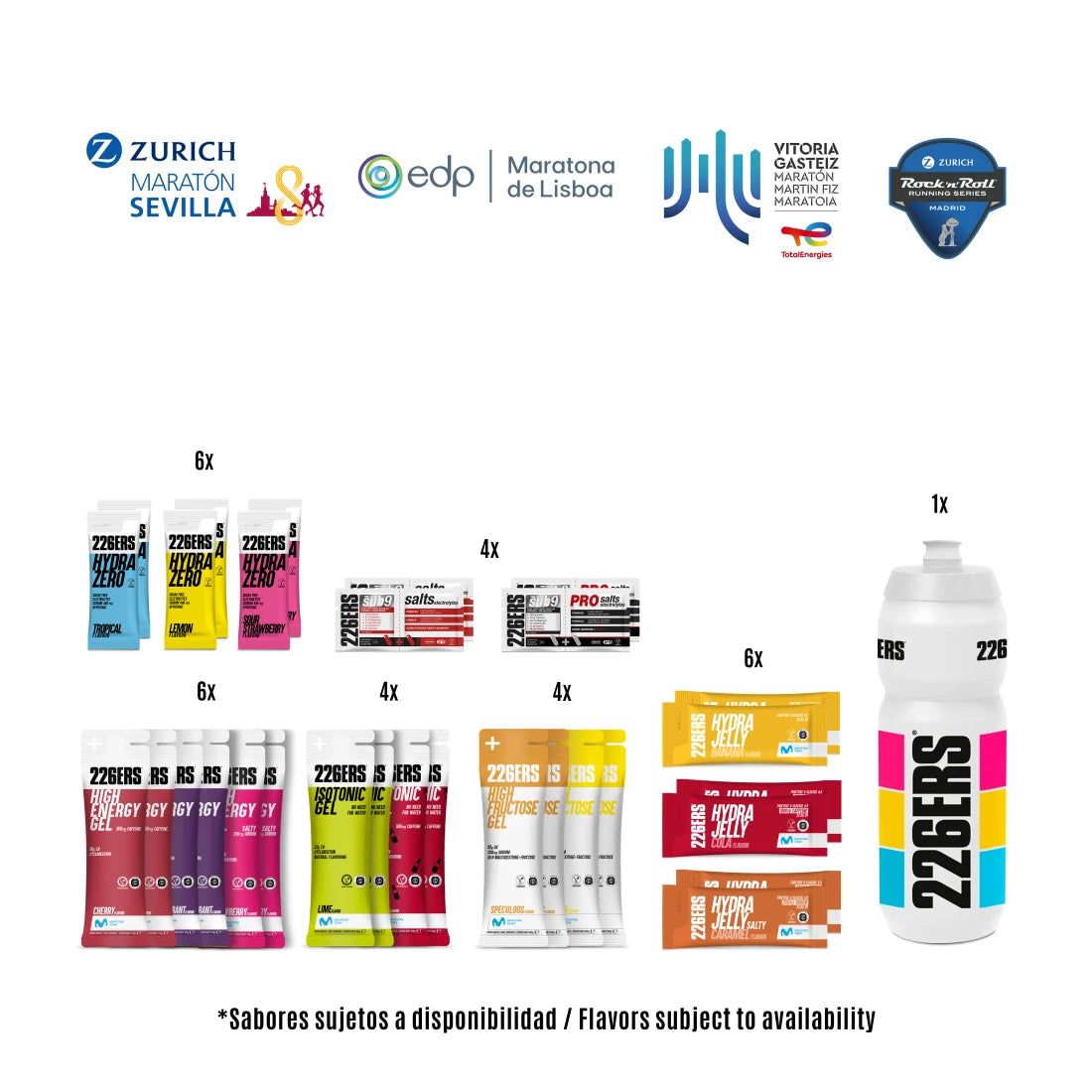How lactic acid affects your performance and how to reduce its impact

Lactic acid is a byproduct of glucose metabolization in the body, especially when intense exercises are performed. It is known for its relationship with muscle fatigue and pain in the muscles, but its presence is a natural part of how the body manages physical effort and has a direct relationship with the generation of power and speed. In this article, we explore how lactic acid affects sports performance and what strategies can help reduce its impact.
What is lactic acid?
Lactic acid is formed when the body breaks down glucose to produce energy during intense exercises, when the available oxygen is insufficient. It is important to clarify that lactic acid and lactate are two different things. Lactate is the way in which lactic acid dissociates in the body, and it is this lactate that accumulates in the muscles.
The impact of lactic acid on sports performance
When lactate levels increase, muscles experience an accumulation of protons (H+), which lowers muscle pH and causes a burning sensation. This results in muscle fatigue, limiting our ability to continue with exercise to the same intensity. Lactic acid affects the output power, especially in sports of high intensity and short duration, being necessary to produce high amounts and quickly to be fast and powerful.
How to reduce the impact of lactic acid
- Proper training: Performing resistance and intervals sessions allows muscles to adapt better to lactate accumulation. This type of training improves efficiency in the use of oxygen and increases the capacity of the muscles to tolerate lactate and eliminate it by oxidation of it.
- Supplements: Some supplements, such as sodium bicarbonate, can help neutralize low pH in muscles, thus reducing the sensation of ardor and improving performance. Beta-alanina, on the other hand, is an amino acid that helps reduce the accumulation of lactic acid by increasing carnosine levels in the muscles.
- Hydration and recovery: Staying well hydrated before, during and after exercise is crucial for the elimination of body lactate. In addition, active and passive recovery allows lactate levels to decrease faster, reducing the impact on the following training.
Benefits of reducing lactic acid in performance
Reducing the accumulation of lactic acid in the muscles allows athletes to improve their resistance and maintain high performance for longer. In addition, by reducing muscle fatigue, athletes can prolong their efforts and improve their recovery capacity.
On the other hand, an athlete who is not able to produce and tolerate lactic acid will hardly be fast and powerful.
Frequent questions
Is lactic acid the cause of muscle pain after exercising?
No. Lactic acid is responsible for ardor sensation during exercise, but post -exercise muscle pain (DOMS) is caused by microdesgarros in muscle fibers.
Can I completely avoid the accumulation of lactic acid?
It cannot be completely avoided, but with proper training and correct supplements, its impact can be reduced.
What are the best supplements to reduce lactic acid?
Sodium bicarbonate and beta-alanine are two of the most effective supplements to reduce lactate accumulation.
What exercises are better to increase lactic acid tolerance?
The training that improves anaerobic threshold and intervals sessions are ideal for optimizing lactic acid metabolism, both in its production and elimination.












